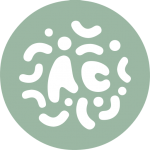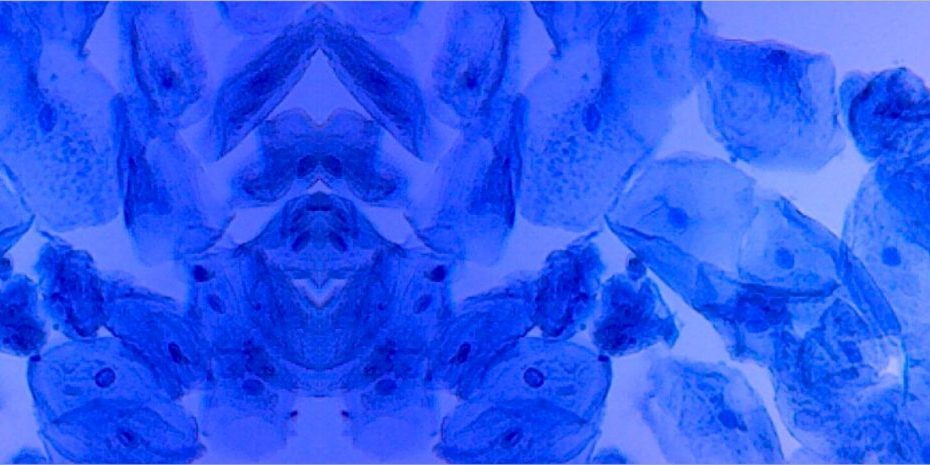
Dr. Ayşegül Çoruhlu
Cellular Longevity
Circadian Health
Reverse Aging
Longevity
Diğer Makalelerim
Contents of this article:
- Hypoxemia (low level of oxygen in blood) associated with COVID-19 occurring before the development of ARDS. (ARDS = ACUTE RESPIRATORY DISTRESS SYNDROME)
- Analysis of the article regarding how SARS-CoV-2 attacks the beta chains of hemoglobin.
- The little known role of alveolar type II cells in oxygenation.
- The potential of cell-free hemoglobin (CFH), that is hemoglobin that has escaped from inside erythrocytes, to cause ARDS by itself.
- Oxygen deficiency caused by increased methemoglobin
- Re-oxygenation with methylene blue.
- Asking “At what point are ventilators required?”
These headings may lead you to think that this article concerns complex subjects. However, this article also aims to inform people who are not a part of the medical community. Please do not hesitate to read…
Fact: Findings from intensive care physicians indicate that even COVID-19 patients without respiratory distress suffer from reduced oxygen saturation. These patients can speak comfortably in good humor and do not show any signs of respiratory distress.
However, due to their progressively decreasing oxygen saturation, they are considered to require oxygen support and put on ventilators.
This condition has been surprising for intensive care physicians. They started to question whether COVID-19 is really ARDS and pneumonia as originally fathomed. To say the least, the onset of COVID-19 is not compatible with these diagnoses.
Well then, why does oxygen saturation rapidly decrease while the lungs are still functioning?
The publication that could answer this question has arrived. This publication (here)states that the SARS-CoV-2 virus attacks the beta chain of hemoglobin.
What does this mean?
Hemoglobin is the part of erythrocytes that carries oxygen. The hemoglobin molecule is made up of two types of amino acid chains that contain heme groups: alpha and beta. Apart from these chains, the hemoglobin molecule also contains Fe (iron) atoms which allow it to bind and carry oxygen.
The coronavirus attacks and disrupts this structure, preventing it from carrying oxygen.
The heme–Fe²⁺–O₂ [heme–iron(II)–oxygen] trio is disrupted.
The iron turns from Fe²⁺ into Fe³⁺. This is harmful. It can even progress to Fe⁴⁺, which is the most harmful state of the iron ion.
The disrupted non-functional heme molecules leave the erythrocyte and become what is called “cell-free heme,” and start to circulate around the alveoli. They are now outside and free from the erythrocyte. Normally, these molecules need to be destroyed and cleaned up by macrophages and converted into bilirubin. However, the rapidly increasing cell-free heme (CFH) (and reduced haptoglobin and hemopexin, etc.) increases the amount of CHF in the alveolar space.
The effects of ‘cell-free heme (CFH)’:
- CFH contributes to the development of acute ARDS.
- CFH provokes inflammation in the alveoli.
- CFH exacerbates the cytokine storm.
- It leads to increased LDH,
- Increased ferritin (which tries to collect the now free iron atoms), and
- Increased CRP.
CFH reduces nitric oxide and causes vascular constriction. Nitric oxide is one of the most important vasodilators (or widener of blood vessels).
CFH causes the free iron atoms to oxidize from Fe²⁺ to Fe³⁺ up to Fe⁴⁺.
The literature indicates that CFH is detected in 80% of all ARDS cases.
So far, we have understood that:
- In COVID-19, oxygen deficiency precedes lung failure.
- The SARS-CoV-2 virus attacks hemoglobin. The heme and iron in hemoglobin become ‘free.’
- Therefore, the capacity of hemoglobin to transport oxygen is reduced.
- The free iron atom is converted from its harmless state Fe²⁺ into Fe³⁺ and its most dangerous state, Fe⁴⁺. This state of iron damages tissues.
- Heme circulates outside of erythrocytes in the form of CFH.
- CFH provokes severe inflammation in the alveolar endothelium.
- Increased CFH is seen in 80% of all ARDS cases.
- COVID-19 appears to be some kind of hemolysis.
Next; let’s explain the role of alveolar type II cells that contribute to this picture:
Alveolar Type II Cells:
These cells concern us for several reasons.
- The type II cells contain the ACE2 receptors.
- When SARS-CoV-2 attaches to ACE2, it is attacking type II cells.
- Type II cells can produce hemoglobin!!!
- Can this phenomenon explain the oxygen deficiency associated with SARS-CoV-2 even before it reaches hemoglobin in the alveolar capillaries?
- CFH molecules may initially occur and contribute to inflammation in a type II cell-mediated manner. Could this be the beginning of everything?
Let’s go back to oxygen deficiency:
What is methemoglobin?
The oxygen-carrying capacity of hemoglobin depends on the iron having an oxidation state of Fe²⁺. If the iron in hemoglobin is in the Fe³⁺ state, that molecule is called methemoglobin. This can happen in certain poisonings.
Vitamin C and methylene blue help restore the iron back to the Fe²⁺ state.
Methylene blue has a wide range of applications. Our subject matter is that when methylene blue enters the erythrocyte, it transforms into a material that works as an electron donor. It converts methemoglobin back into hemoglobin. In other words, it allows hemoglobin to bind and carry oxygen again.
It would seem that the initial oxygen deficiency associated with COVID-19 is due to the problems with hemoglobin. Does providing patients with decreased oxygen saturation with immediate ventilation support worsen lung damage? Like intravenous vitamin C treatment, is it possible to utilize the intravenous methylene blue treatment in order to prolong the waiting period?
All articles are written from a biochemical point of view. They do not derive from clinical experience. They are intended to give an idea and are made up of algorithms derived from information available in Biochemistry textbooks.
With love and regards…

